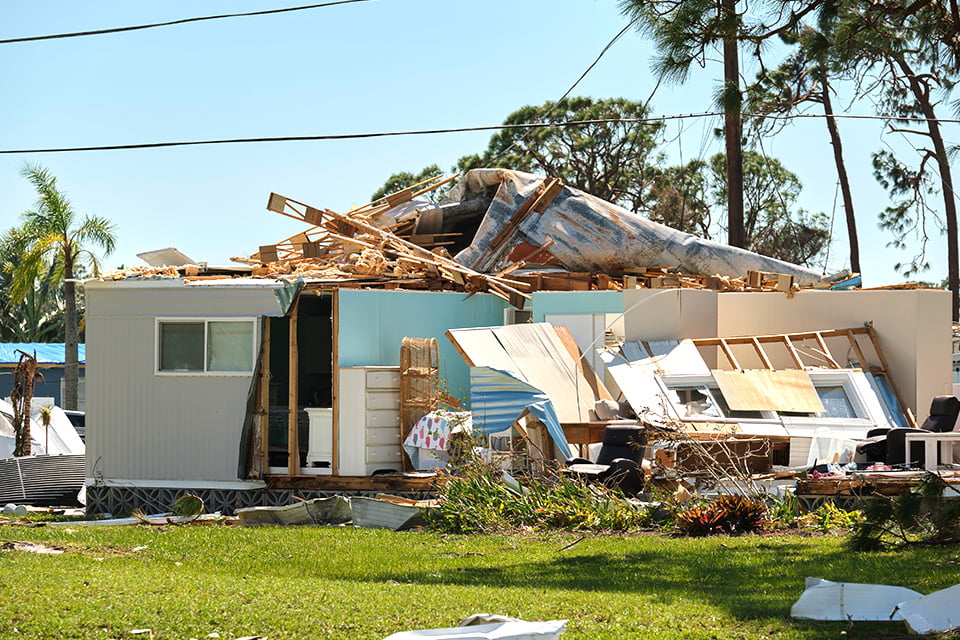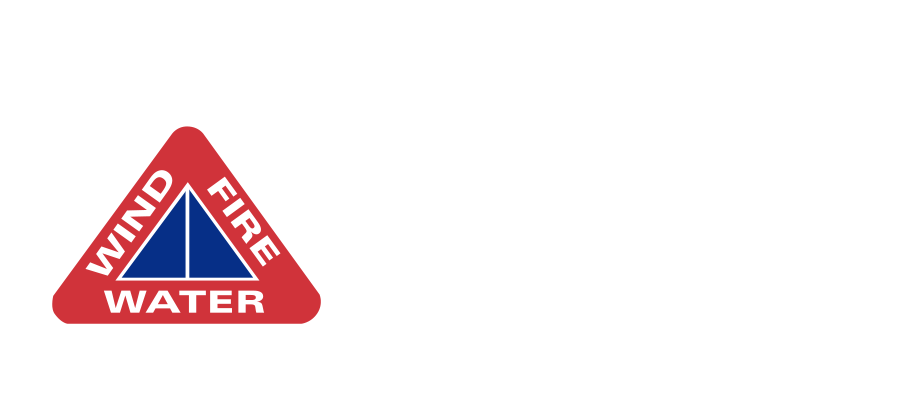
Severe storms can strike without warning, leaving behind fallen trees, roof damage, flooding, and debris. The aftermath can feel overwhelming, but knowing what to expect during storm damage cleanup can make the recovery process much less stressful.
A professional restoration team follows a proven process to restore safety and repair your property. Here’s a step-by-step guide to what typically happens from start to finish.
Step 1: Emergency Response
Storm damage often requires immediate action. Restoration companies provide 24/7 emergency response to secure your property.
-
Technicians arrive quickly, often within the hour.
-
They assess immediate hazards such as downed power lines, broken windows, or roof damage.
-
Temporary measures like roof tarping or board-up services are put in place to protect your home or business from further damage.
Quick stabilization is critical—it prevents secondary issues like water intrusion, mold growth, or vandalism.
Step 2: Initial Inspection and Assessment
After the property is secured, a full inspection is conducted. The team documents all damage to the structure, contents, and surrounding areas.
-
Photos and notes are taken for insurance purposes.
-
The scope of work is outlined, including cleanup, repairs, and reconstruction needs.
-
Safety concerns such as structural instability, electrical hazards, or standing water are identified.
This inspection provides the foundation for both restoration planning and your insurance claim.
Step 3: Water Extraction and Drying
Storms often bring heavy rain and flooding. Removing water quickly is essential.
-
Industrial pumps and vacuums extract standing water.
-
Dehumidifiers and air movers are used to dry out floors, walls, and contents.
-
Moisture meters monitor hidden dampness to prevent mold growth.
This step reduces long-term damage and ensures your property is safe to rebuild.
Step 4: Debris and Hazard Removal
Storms leave behind more than water. Fallen trees, broken glass, and damaged building materials must be removed.
-
Crews clear debris from inside and around the property.
-
Contaminated items are disposed of properly.
-
Salvageable items are set aside for cleaning and restoration.
This stage restores basic safety and prepares the space for detailed cleaning and repairs.
Step 5: Cleaning and Sanitization
Floodwaters often carry dirt and contaminants, while wind-driven debris spreads dust and grime.
-
All affected surfaces are cleaned with professional-grade solutions.
-
Antimicrobial treatments are applied to prevent bacteria and mold.
-
Smoke or storm-related odors may be removed using specialized equipment.
Thorough cleaning helps ensure the property is safe for occupants to return.
Step 6: Repairs and Reconstruction
Once cleanup is complete, repairs begin. Depending on the severity of the storm, this may involve:
-
Roofing repairs or replacement
-
Window and door replacement
-
Drywall and flooring repairs
-
Structural rebuilding where necessary
Having a full-service restoration contractor ensures that every phase—from emergency response to reconstruction—is handled by one team, simplifying the process.
Step 7: Insurance Coordination
Throughout the cleanup, restoration professionals work directly with your insurance company.
-
Detailed documentation supports your claim.
-
Estimates are prepared using industry-standard software.
-
Regular communication keeps both you and your adjuster updated.
This step reduces stress and helps ensure your claim is processed fairly and efficiently.
Step 8: Final Walk-Through and Verification
Before the project is complete, the restoration team conducts a final walk-through with you.
-
The work is reviewed to ensure it meets safety and quality standards.
-
Moisture readings confirm the property is fully dry.
-
Any questions or concerns are addressed.
The goal is for you to feel confident that your property has been restored to pre-storm condition—or better.
What You Can Do to Prepare Ahead of Time
While no one can prevent severe weather, a few proactive steps can help minimize storm damage:
-
Keep gutters and downspouts clear.
-
Trim trees and remove dead branches near your home.
-
Inspect your roof regularly and repair weak spots.
-
Know where your main water and power shutoffs are located.
Preparedness reduces your risk and helps your property withstand storms more effectively.
Final Thoughts
Storms may be unpredictable, but the cleanup process doesn’t have to be. By understanding what to expect—from emergency response and water removal to repairs and insurance coordination—you can feel more confident during recovery.
At Apex Restoration DKI, we provide full-service storm damage restoration, helping homeowners and businesses get back on their feet after severe weather. Our certified crews are available 24/7 to respond, stabilize, clean, and rebuild.
Call Apex Restoration DKI today for professional storm damage cleanup and restoration you can trust.




